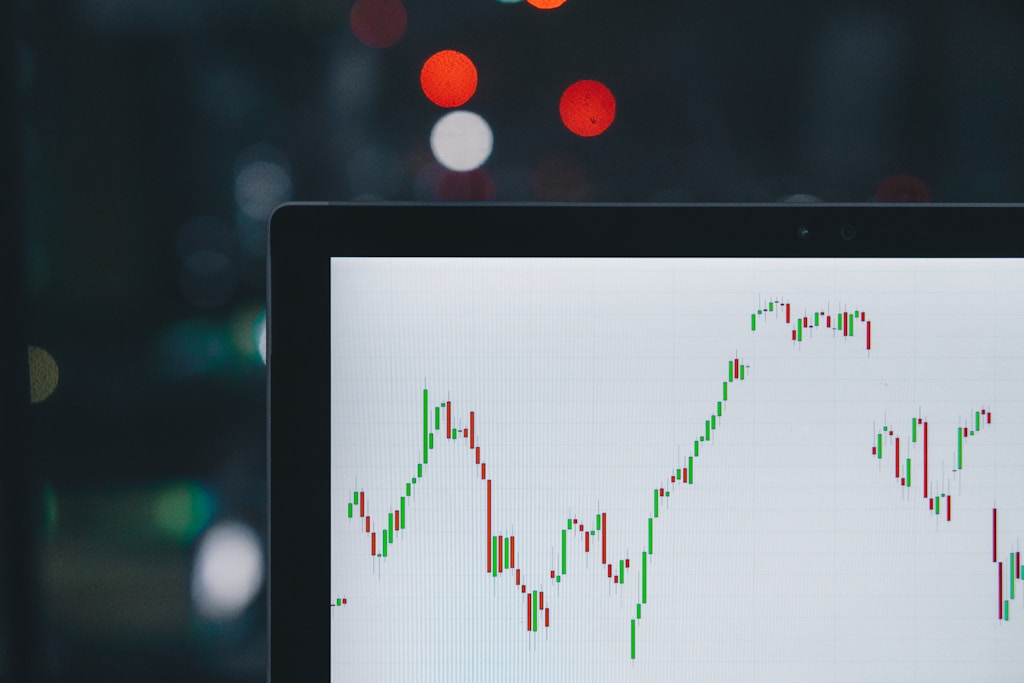Bitcoin and major cryptocurrencies faced significant downward pressure after former President Trump’s aggressive new tariff policies triggered a broad market selloff. The impact was immediate, with BTC dropping from $88,500 to $82,000 within hours as traders rushed to assess the implications for digital assets.
Key Market Impacts of Trump’s Tariff Policy
- 34% tariffs on Chinese imports
- 25% levies on automotive imports
- 10-49% duties across various sectors
- Bitcoin down ~7% from recent highs
- Ethereum below $1,800 support level
Expert Analysis: Short-Term Pain, Long-Term Opportunity
Market analysts and traders are divided on the immediate impact but see potential long-term benefits for crypto assets. According to Rick Maeda of Presto Research, “The asset class remains firmly tethered to macro forces, with its macro beta keeping it closely bound to trade war developments.”
Institutional Perspective
JPMorgan’s latest survey reveals that 51% of institutional traders now consider inflation and tariffs as the primary market drivers for 2025. While retail investors panic sell, institutional players continue accumulating, suggesting a potential divergence in market sentiment.
Technical Analysis and Price Targets
Support levels to watch:
- Primary support: $80,000
- Secondary support: $76,000-$77,000
- Critical level: $75,000
FAQ: Trump Tariffs and Crypto Markets
How do tariffs affect cryptocurrency prices?
Tariffs can impact crypto prices through increased economic uncertainty, inflation concerns, and shifts in global trade patterns. These factors often lead to short-term volatility but may enhance crypto’s appeal as a hedge against economic instability.
Will Bitcoin benefit from trade wars?
While short-term volatility is likely, Bitcoin could benefit long-term as investors seek alternatives to traditional currencies affected by trade disputes and inflation.
Looking Ahead: Key Factors to Watch
Traders should monitor:
- Federal Reserve’s response to inflation pressures
- Dollar strength against major currencies
- Cross-border transaction volumes
- Institutional accumulation patterns
As global markets adjust to the new tariff regime, crypto assets may find fresh momentum as alternative stores of value and cross-border payment solutions.
